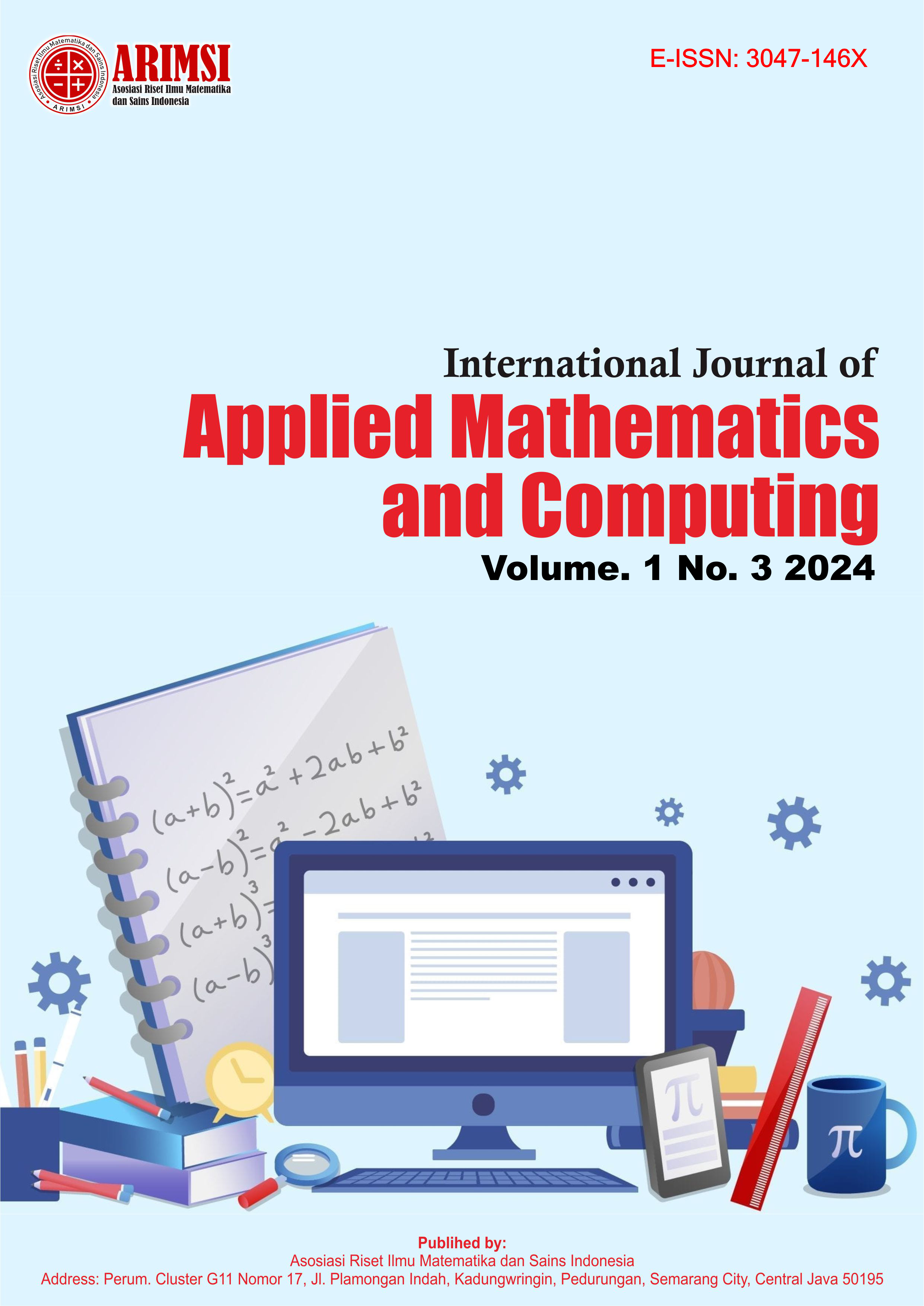Two Stage Lasso in Principal Component Analysis With an Application
DOI:
https://doi.org/10.62951/ijamc.v1i3.26Keywords:
Principal Component Analysis, Lasso, Two Stage Lasso, Factor LoadingAbstract
This paper will employ a novel approach that builds upon the lasso method, utilizing it in two stages. The first stage applies to the principal components to select the important principal component and exclude the unimportant ones. This technique is effective in identifying significant principal components while attempting to eliminate bias in selecting these components over others. Additionally, it removes the ranking in determining the principal components compared to classical methods. Moreover, the second stage involves determining the effective importance within each component by zeroing out the scores loading values within each component. To compare the performance of the proposed method in principal component analysis, a simulation approach can be used. Subsequently, the performance of the proposed method is tested using real data.
References
Bartlett, M. S. (1951). The effect of standardization on a chi-squared test. Journal of the Royal Statistical Society: Series B (Statistical Methodology), 13(2), 190–197.
Bühlmann, P., & van de Geer, S. (2011). Statistics for high-dimensional data: Methods, theory and applications. Springer.
Hastie, T., Tibshirani, R., & Friedman, J. (2009). The elements of statistical learning: Data mining, inference, and prediction (2nd ed.). Springer.
Jolliffe, I. T. (2002). Principal component analysis (2nd ed.). Springer.
Jolliffe, I. T., Trendafilov, N. T., & Uddin, M. (2003). A modified principal component technique based on the LASSO. Journal of Computational and Graphical Statistics, 12(3), 531–547.
Kaiser, H. F. (1960). The application of electronic computers to factor analysis. Educational and Psychological Measurement, 20(1), 141–151.
Tibshirani, R. (1996). Regression shrinkage and selection via the Lasso. Journal of the Royal Statistical Society: Series B (Statistical Methodology), 58(1), 267–288.
Toczydlowska, D., Peters, G. W., Fung, M. C., & Shevchenko, P. V. (2017). Stochastic period and cohort effect state-space mortality models incorporating demographic factors via probabilistic robust principal components. Risks, 5(3), 42.
Wold, S., Esbensen, K., & Geladi, P. (1987). Principal component analysis. Chemometrics and Intelligent Laboratory Systems, 2(1–3), 37–52.
Zha, H., & Wang, H. (2002). Principal component analysis and its applications. In Proceedings of the IEEE International Conference on Data Mining.
Zou, H., Hastie, T., & Tibshirani, R. (2006). Sparse principal component analysis. Journal of Computational and Graphical Statistics, 15(2), 265–286.
Downloads
Published
Issue
Section
License
Copyright (c) 2024 International Journal of Applied Mathematics and Computing

This work is licensed under a Creative Commons Attribution-ShareAlike 4.0 International License.





